Local Emergency Planning Committee (LEPC)
Community Right To Know
On December 4, 1984, methyl isocyanate was accidentally released from a chemical plant in Bhopal, India. The cloud of the highly toxic chemical blanketed the surrounding area killing over 2,000 people and injuring thousands more. Eight months later, a less toxic derivative of that chemical escaped from a plant in West Virginia.
Following those incidents, the United States Congress passed the Emergency Planning and Community Right-To-Know Act of 1986. The law was designed to improve local hazardous material emergency response and provide the public with information concerning hazardous and toxic chemicals in their community. This act is also known as Title III of the Superfund Amendments and Reauthorization Act (SARA)
More information regarding Community Right-To-Know
Community Right-To-Know Involves Four Activities
Emergency Planning - Sections 301-303
The act establish state emergency planning and community right-to-know commissions (SERC) and Local Emergency Planning Committees (LEPC). There are requirements that facilities that use, handle, store, or manufacture extremely hazardous substances develop an emergency plan. Ottawa County currently has 127 known sites.Emergency Release Notification - Section 304
This area covers what needs to be done in the event of an accidental release of a toxic chemical. There are two lists that need to be consulted under this activity. The first is the list of extremely hazardous substances (EHS) found in section 302 of the Emergency Planning and Community Right-To-Know Act. The other is established under section 102(a) of the Comprehensive Emergency Response, Compensation, and Liability Act of 1980 (CERCLA). If there is a release of a chemical on either of these lists that has the potential to go off site and exceeds the reportable quantity (RQ), the local fire department, the Michigan Emergency Planning and Community Right-To-Know Commission, the LEPC and the National Response Center must be notified immediately.Hazardous Chemical Inventory Reporting - Sections 311-312
This area requires both the initial and annual reporting of chemical inventory. The reporting requirements apply to any facility that must maintain material safety data sheets (MSDS) in accordance with OSHA. The hazardous chemical inventory report must be submitted if a hazardous chemical present at the facility meets or exceeds the threshold. The reporting thresholds refer to the total amount of chemical on site, in storage and in process, at any one time. The minimum thresholds for reporting extremely hazardous substance (EHS) = 500 pounds or the threshold planning quantity (TPQ), whichever is less. All other OSHA hazardous chemicals = 10,000 pounds (see regulation for exceptions). Tier II Emergency and Hazardous Chemical Inventory reporting is required to be submitted annually by March 1st of every year.
